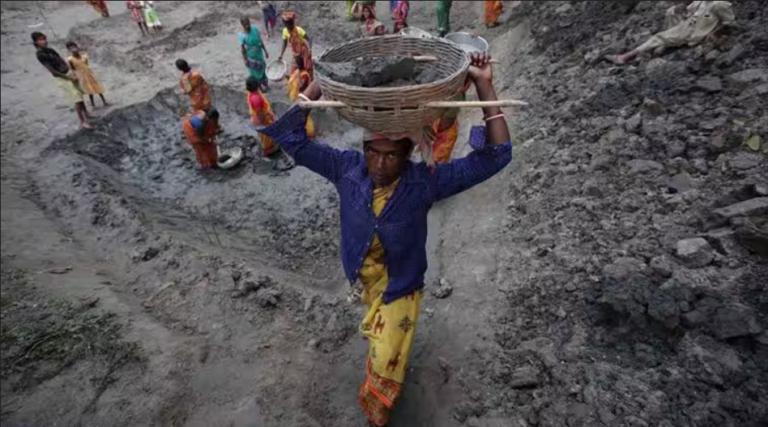In a clear indication of rural challenges, the final year of the NDA government witnessed a significant rise in the demand for jobs under the Mahatma Gandhi National Rural Employment Guarantee Act (MGNREGA). Official figures reveal that in 2018-19, the demand for employment surged by nearly 10% compared to the preceding year, marking the highest number of person-days of work under the scheme since 2010-11.
As of March 25 in the current fiscal year, MGNREGA has generated 255 crore person-days of work, with expectations of further increase. In contrast, the scheme produced 233 crore person-days in 2017-18, and 235 person-days in both 2016-17 and 2015-16.

During the initial year of the NDA government in 2014-15, Prime Minister Narendra Modi had dismissed MGNREGA as “the living monument of UPA’s failure,” with only 166 crore person-days generated. The unit of one person-day equates to eight hours of work under the scheme.
On March 18, the Ministry announced the provision of 150 days of work in most districts of Jharkhand and Karnataka. Officials implementing the scheme attribute the surge to an increase in climate-change-related incidents, such as droughts or floods, impacting farm incomes. However, those monitoring the program on the ground argue that the heightened uptake of MGNREGA work mirrors the broader situation of unemployment.

MGNREGA, a demand-driven social security scheme, guarantees 100 days of work per rural household, extendable to 150 days in the event of drought, flood, or similar calamities. Nikhil Dey from the Mazdoor Kishan Shakti Sangathan noted that in the face of unemployment and drought, people willingly accept any job opportunity. He pointed out that while there has been a massive demand for MGNREGA work due to joblessness, inadequate funds allotted by the Finance Ministry often restricted work provision. The recent increase in person-days reflects the government’s acknowledgment of this demand.
The upswing in MGNREGA activities underscores the deepening rural distress caused by both unemployment and declining farm incomes due to more frequent droughts. This reaffirms the crucial role of MGNREGA in providing a safety net for rural unemployed individuals. Despite PM Modi’s initial dismissal of the scheme, the NDA government retained it, acknowledging its popularity at the grassroots level. However, the yearly budgetary allocation for the program has seen no real-term increase. Nevertheless, the 10% rise in person-days of work under the scheme, from 233 crore last year to 255 crore in the current fiscal year, signifies the substantial demand for work in rural India, where people are willing to work at the MGNREGA wage rate when no other options are available.

According to estimates from the Rural Development Ministry, almost a quarter of the country’s districts have declared drought in recent years, leading to an increased demand for MGNREGA jobs. On March 18, the Ministry announced the provision of 150 days of work in most districts of Jharkhand and Karnataka. Several states, including Jharkhand, Karnataka, Rajasthan, Odisha, Maharashtra, Gujarat, Andhra Pradesh, Kerala, and Tamil Nadu, have provided additional work under the scheme due to droughts, floods, and cyclones. Rajendran Narayanan, an MGNREGA researcher at Azim Premji University, highlighted that despite the crisis, states like Karnataka utilized their own funds to compensate for the lack of central funds.
While MGNREGA guarantees 100 days of work, and 150 days during drought conditions, data reveal that the average days of employment provided per household in 2018-19, though slightly higher than the last few years, still stands at only 49 days per year. The peak in MGNREGA work provision occurred in 2009-10 under the UPA-II government, reaching 283 crore person-days due to an unprecedented severe drought.




